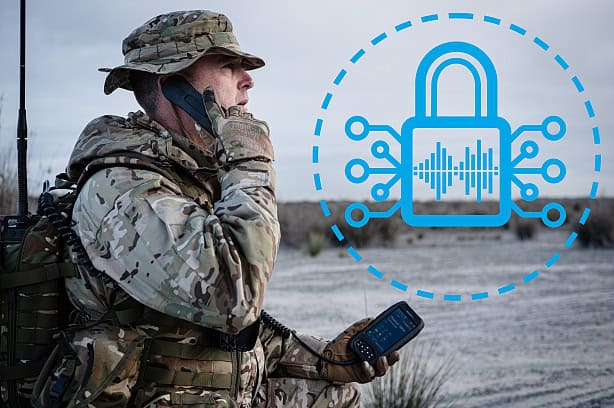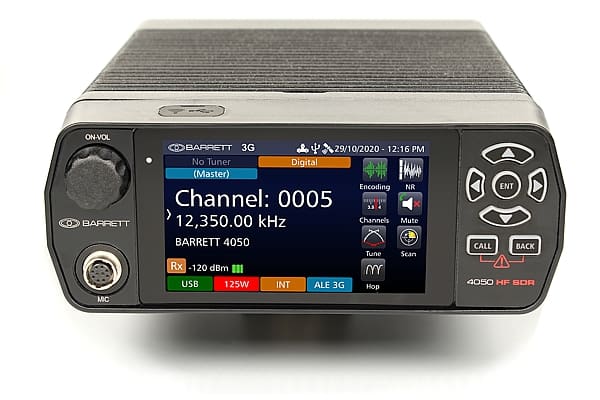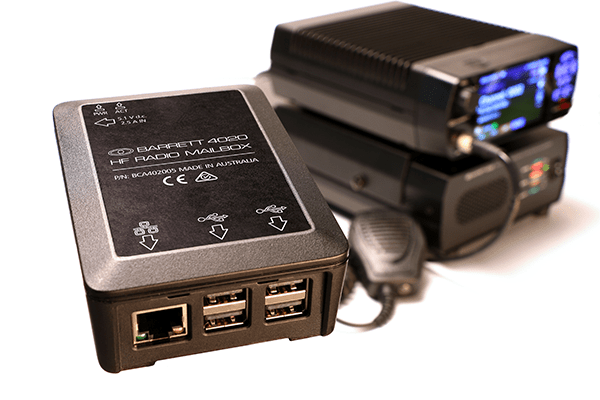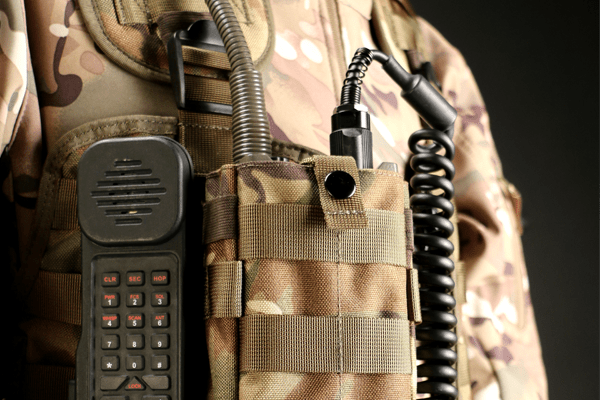How HF radio can help bridge the language divide for humanitarian aid
How HF radio can help bridge the language divide for humanitarian aid
International aid workers face many obstacles as they seek to assist vulnerable populations across the world. One of the most important challenges many organisations and individuals must overcome in this area is the language barrier.
Among other tools, high-frequency (HF) radio can help bridge this divide to ensure that humanitarian aid continues to reach people in need around the globe.

Literacy rates and language disparities can impact the effectiveness of humanitarian aid missions.
The language divide in humanitarian aid
First of all, it’s important to note that there are two dimensions to this issue. The first has to do with how aid workers and recipients may not be able to speak the most commonly used language for the population they’re attempting to serve. Even multilingual organisations and individuals may not be fluent in the nuances of local dialects, hindering communication and leading to potential misunderstandings.
Secondly, printed materials, like posters and pamphlets, may be ineffective tools of communication for certain populations. There are a couple of reasons for this. The spoken language may have no standardised written form, and literacy rates may vary in the population based on factors like age, education level and gender.
For instance, an interactive map from Translators without Borders (TWB) displays gender disparities in literacy throughout the world. In one example, citing data from 2004, TWB reported that in Yemen, while the adult male literacy rate was 73%, it was only 35% for the adult female population. Women either had to rely on men to share information that was conveyed by the aid organisation in writing, or they needed to access news and bulletins directly through audio.
HF radio and the language divide
Whether humanitarian aid is required due to displacement as a result of fire, famine or other factors, HF radio can help bridge the language divide.
HF radio transceivers can provide a useful communication link between workers in the field and translators operating out of a distant base. Additionally, to help support a wide variety of field workers, Barrett Communications user interfaces accommodate English, French, Spanish, Arabic and Russian, and adding more languages can be accomplished easily.
HF radio and humanitarian aid
Emergency communications require stable channels for coordinating support services. HF radio can help humanitarian aid workers by providing information to vulnerable populations about how to:
• Access support services provided by aid organisations.
• Properly protect themselves, including by following instructions for sanitary precautions that prevent the spread of disease.
A 2019 article in the magazine of the Humanitarian Practice Network noted that a variety of communication channels are essential for providing effective assistance. While audio delivered in local languages may be the most effective method of communication under certain circumstances, pairing it with written instructions that leverage visual imagery can help individuals with limited literacy retain information for longer periods of time.
Humanitarian aid is not a simple matter. If you need help managing the complexities of this endeavour, learn more about how HF radio technology from Barrett Communications can help you better serve the individuals who need support form your organisation.








